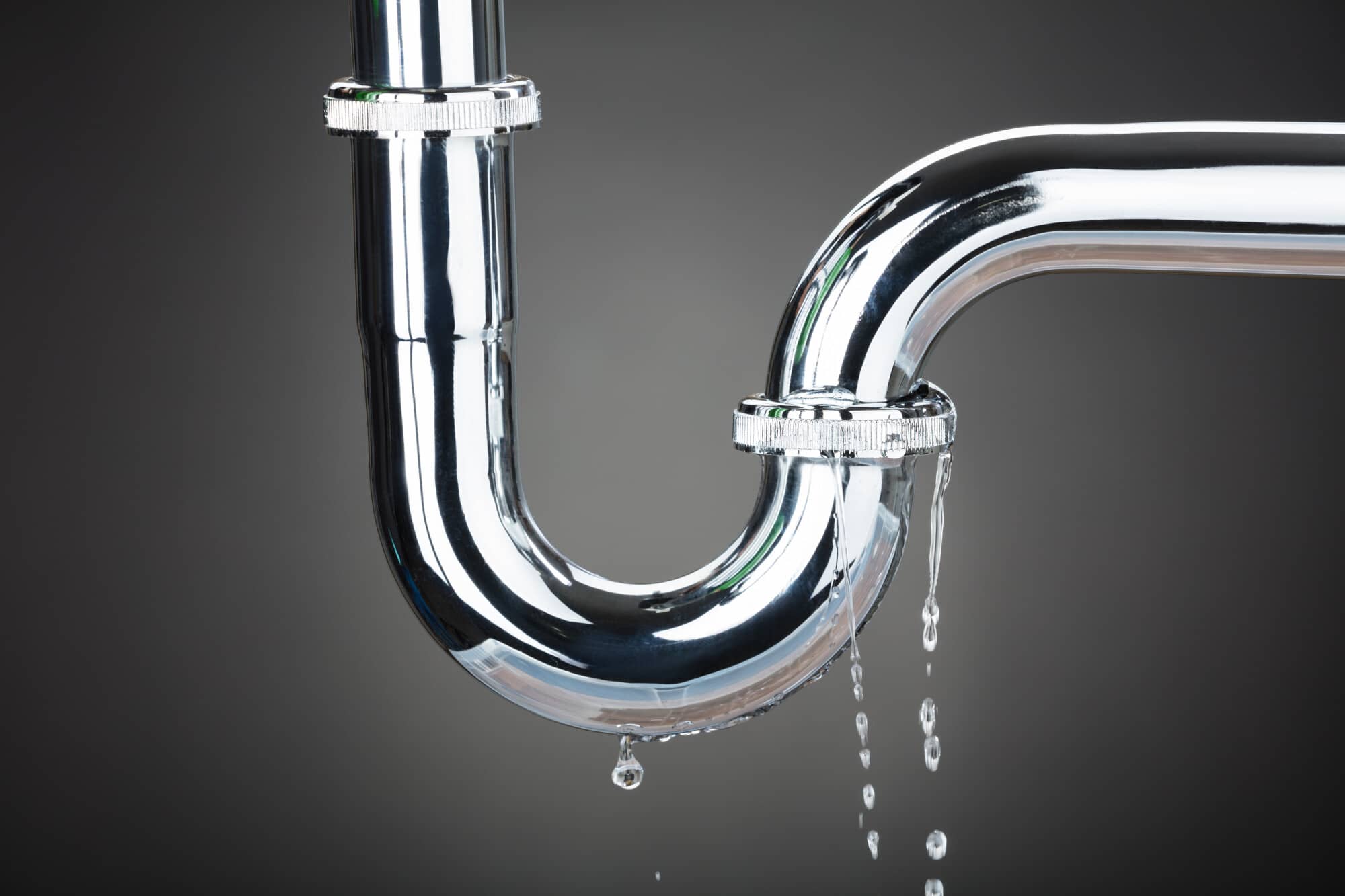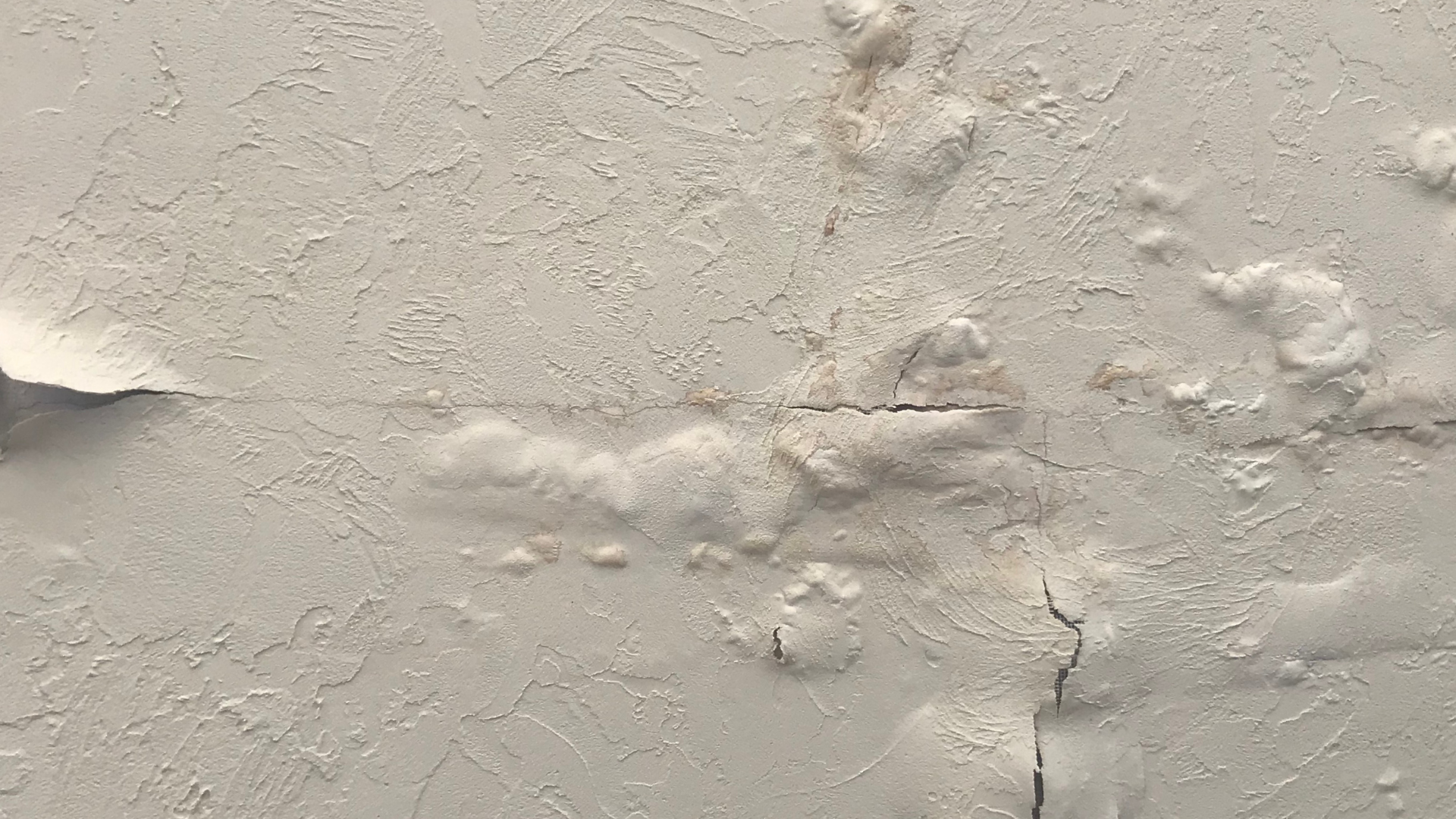The article author is making a number of great pointers about How to Repair and Prevent Bathroom Water Damage? in general in this great article which follows.

Water damage often occurs in the washroom due to the water used everyday. Occasionally, the damage could be a little mold and mildew from the shower. Various other times, it's huge damage on your flooring. Whatever it is, it is constantly good to understand the reason and avoid it prior to it takes place.
This guide will undergo several of the usual reasons for water damage in the shower room. We will certainly also examine what you can do to avoid these reasons from harming your bathroom. Let's dive in.
5 Common Root Causes Of Water Damage in Washrooms
These are the usual reasons you would certainly have water damage in your shower rooms as well as exactly how you can identify them:
Ruptured or Dripping Pipes
There are several pipes carrying water to different parts of your shower room. Some pipelines take water to the toilet, the sink, the taps, the shower, as well as lots of various other places. They crisscross the small area of the shower room.
Occasionally, these pipelines could get rustic as well as ruptured. Various other times, human activity could cause them to leak. When this occurs, you'll discover water in the edges of your restroom or on the wall.
To identify this, keep an eye out for gurgling wall surfaces, mold and mildews, or mold. Call an expert emergency situation plumbing professional to repair this when it takes place.
Cracks in your wall tilesv
Bathroom wall tiles have been specially developed for that purpose. They safeguard the wall from wetness from people taking showers. Nevertheless, they are not unbreakable.
In some cases, your restroom wall ceramic tiles crack and allow some dampness to permeate right into the wall. This could potentially damage the wall surface if you don't take any kind of activity. If you observe a fracture on your wall tiles, repair it promptly. Don't wait till it damages your wall.
Overflowing toilets and also sinks
As people, in some cases we make mistakes that can create some water damage in the shower room. For example, leaving your sink faucet on can trigger overflowing and also damages to other parts of the bathroom with dampness.
Likewise, a faulty commode might cause overruning. For instance, a damaged bathroom handle or various other parts of the tank. When this happens, it can damage the floor.
As quickly as you discover an overflowing sink or commode, call a plumbing to help take care of it quickly.
Roofing Leaks
Occasionally, the problem of water damage to the washroom might not originate from the bathroom. As an example, a roofing system leakage could trigger damage to the shower room ceiling. You can detect the damage done by considering the water spots on the ceiling.
If you locate water stains on your ceiling, inspect the roof to see if it's damaged. After that, call a professional to assist address the problem.
Excess Dampness
It's awesome to have that lengthy shower and sprinkle water while you hem and haw and act like you're executing, but often these acts can cause water damage to your shower room.
Spraying water around can cause water to go to corners and also form molds. Enjoy just how you spread excess wetness around, and also when you do it, clean it up to stop damage.
Final thought
Water damage to your washroom can be annoying. Nevertheless, you can manage it if you protect against some of the causes pointed out in this overview. Call a professional emergency plumbing technician if you see any kind of severe damage.
How to Prevent Water Damage in Your Bathroom?
Water damage repair is an expensive, meticulous, and lengthy process. Unfortunately, bathrooms are the most susceptible rooms to water damage due to toilets, showers, and sinks. Pipes and fixtures wear out over time and are not immune to damage. But all is not lost, as there are ways to prevent water damage from occurring in your bathroom.
Check Your Plumbing
Nothing lasts forever, especially pipes, which can rust and begin leaking over time. You should periodically conduct pipe inspections and pay attention for any musty smells or water stains that may indicate you need water damage repair. Here are some things to check:
- Frequently test valves for your toilet, shower, and sink to ensure they are properly working.
- Check faucet supply lines hidden under vanities and replace when needed.
- Replace cracked or deteriorating caulking along sinks, tubs, and showers.
- If you notice a clog in your sink, call in a professional.
- Since you can’t check the pipes in the wall, keep an eye out for stains, drywall bubbling, musty smells, and excess moisture; if the bathroom is on a second level, check the ceiling of the room directly below for these signs.
Don’t Overwork Your Toilet
One of the most common reasons bathrooms need water damage repair is due to overflowing toilets. Save yourself the hassle of cleanup by being mindful and not pushing your toilet to extreme limits. If you have young children, it is especially important to keep an eye on them when they are in the bathroom and to teach them how to avoid clogging the toilet. Here are some more tips to help prevent your toilet from overflowing:
- If you have a septic tank, only use septic-safe toilet paper
- Do not flush anything down the toilet besides toilet paper; items like diapers and sanitary napkins will clog the piping
- Pay attention to your toilet’s water level: If it’s low, it could mean it is partially clogged or that there is a crack in the toilet bowl
https://www.alure.com/home-improvements-blog/resources/how-to-prevent-water-damage-in-your-bathroom

Hopefully you enjoyed our post on How to Repair and Prevent Bathroom Water Damage?. Thanks for taking the time to read through our content. Enjoyed reading our post? Please share it. Let other people discover it. Thanks a lot for going through it.
Book Your Service
Comments on “Bathroom Leakages as well as How to Take Care of Them”